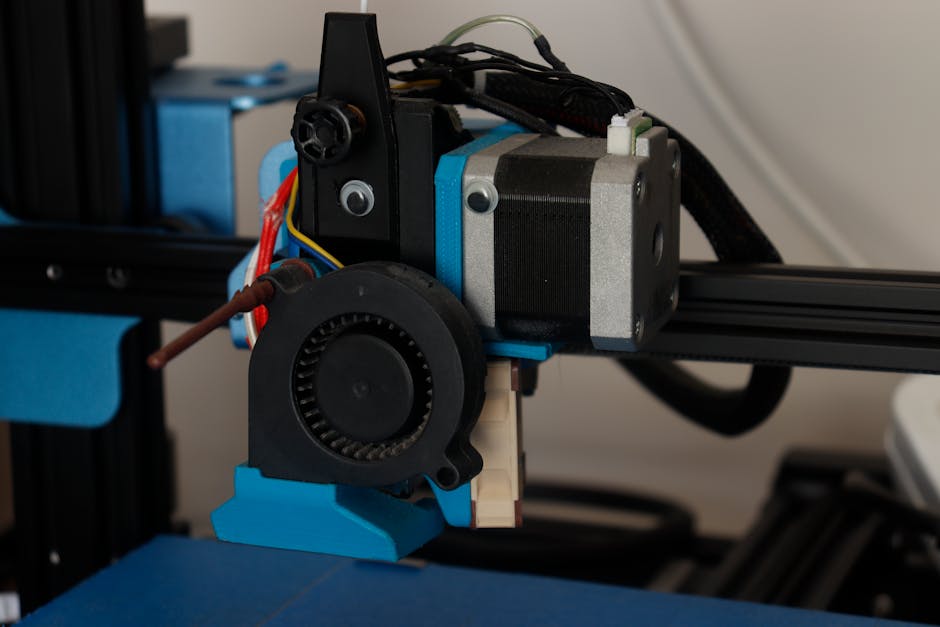Types of Commercial Printing Equipment An Overview
Types of Commercial Printing Equipment An Overview
Blog Article

In the world of printing, especially for businesses that require high-volume output and exceptional quality, the importance of commercial printing equipment cannot be overstated. This category of machinery encompasses a variety of devices designed to produce printed materials efficiently and effectively. From marketing materials to packaging, understanding the types of commercial printing equipment available, their key features, and proper maintenance practices can significantly impact the success of a printing enterprise.
Types of Commercial Printing Equipment: An Overview
Commercial printing equipment comes in several forms, each serving distinct purposes and catering to different printing needs. Here are some of the primary types:
Digital Printers
Digital printers have gained popularity due to their ability to produce high-quality prints quickly and without the need for extensive setup. These printers use electronic files to transfer images directly onto various media. They are ideal for small to medium print runs and allow for customization, making them suitable for businesses that require flexibility.
Offset Presses
Offset printing is a traditional method that remains widely used in the commercial printing industry. This technique involves transferring ink from a plate to a rubber blanket and then to the printing surface. Offset presses are known for their high-quality output and cost-effectiveness for large print runs. They are particularly effective for producing consistent color quality across multiple prints.
Finishing Machines
Finishing machines play a crucial role in the post-printing process. These machines handle tasks such as cutting, folding, binding, and laminating printed materials. Investing in reliable finishing equipment can enhance the final presentation of printed products and streamline production processes.
Key Features to Consider When Buying Printing Equipment
When looking to purchase equipment for commercial printing, several key features should be taken into account to ensure you select the right machinery for your needs:
Speed
Print speed is a significant factor, especially for businesses with tight deadlines. Faster machines can handle higher volumes of work, thereby increasing productivity and reducing turnaround times. Evaluate the speed specifications of different models to find one that meets your operational requirements.
Quality
Print quality is paramount in commercial printing. Look for equipment that offers high resolution and superior color accuracy. The ability to handle various media types and sizes can also affect the overall quality of the print. Consider conducting tests with sample prints to assess quality before making a purchase.
Cost-Effectiveness
The initial investment in commercial printing equipment can be substantial, so it's essential to evaluate the long-term cost-effectiveness. Consider factors such as operating costs, maintenance requirements, and potential return on investment. Equipment that offers durability and lower running costs can be a wise choice for businesses aiming to maximize profits.
Maintenance Tips for Longevity of Printing Machines
To ensure the longevity and efficiency of your commercial printing equipment, proper maintenance is crucial. Here are some tips to keep your machines in optimal condition:
Regular Cleaning
Dust and debris can accumulate on printing equipment and affect performance. Regular cleaning, including the interior and exterior parts of the machines, will help maintain their functionality. Following the manufacturer's cleaning guidelines is essential for avoiding damage.
Scheduled Servicing
Establish a routine servicing schedule with a qualified technician. Regular check-ups can help identify potential issues before they escalate, ensuring that your equipment continues to operate smoothly.
Proper Operation
Training staff on the correct operation of the printing equipment is vital. Proper handling reduces the risk of user error, which can lead to costly repairs. Encourage best practices and ongoing education about the equipment to improve overall efficiency.
In conclusion, investing in the right commercial printing equipment is essential for businesses in the printing industry. By understanding the various types available, considering key features, and adhering to maintenance best practices, companies can enhance their printing capabilities and ensure long-lasting performance. For more information on the best solutions for your printing needs, consider exploring the comprehensive offerings available at Zywell.
Report this page